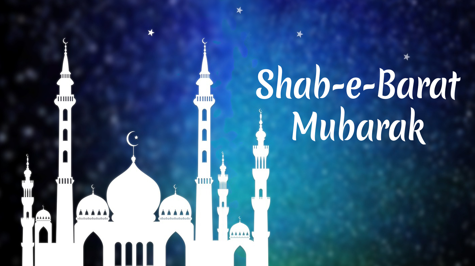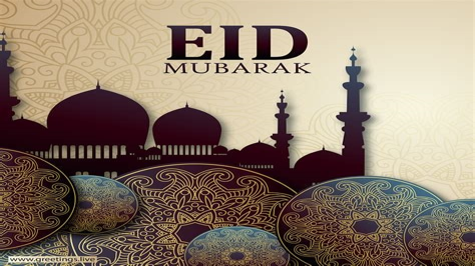Holi, also known as the festival of colours, is one of the most popular Hindu festivals celebrated across India and in many other parts of the world. The festival is celebrated on the full moon day in the Hindu month of Phalguna, which usually falls in late February or early March.
The festival of Holi is a time for people to forget their differences and come together to celebrate the victory of good over evil. It is a time for people to enjoy themselves, play with colours, and share sweets and other delicacies with their friends and family.
History and Significance of Holi
The history of Holi dates back to ancient Hindu mythology. There are several legends associated with the festival, but the most popular one is the story of Prahlad and Hiranyakashipu.
According to the legend, Hiranyakashipu was a demon king who wanted to be worshipped as a god. His son Prahlad, however, was a devotee of Lord Vishnu. Hiranyakashipu tried to kill Prahlad several times, but each time he was saved by Lord Vishnu. Finally, Hiranyakashipu's sister Holika, who had a boon that made her immune to fire, tried to kill Prahlad by sitting on a pyre with him. But to everyone's surprise, Holika was burnt to ashes while Prahlad emerged unharmed. This event is commemorated during Holi by lighting bonfires, which symbolize the burning of evil.
Another popular legend associated with Holi is the story of Lord Krishna and Radha. According to this legend, Lord Krishna, who had a dark complexion, was jealous of Radha's fair complexion. So, his mother Yashoda advised him to colour Radha's face with colours. This event is believed to have given rise to the tradition of playing with colours during Holi.
Apart from these legends, Holi also has agricultural significance. The festival marks the end of the winter season and the beginning of spring. It is a time for farmers to celebrate the arrival of spring and the beginning of the harvesting season.
How is Holi Celebrated?
Holi is a two-day festival that is celebrated with great enthusiasm and fervour across India. The first day of Holi is known as Holika Dahan or Chhoti Holi, and the second day is known as Rangwali Holi or Dhulandi.
Holika Dahan
Holika Dahan is celebrated on the eve of Holi. On this day, people light bonfires to commemorate the burning of Holika and the victory of good over evil. The bonfires are lit in the evening, and people gather around them to sing and dance.
Rangwali Holi
Rangwali Holi, also known as Dhulandi, is celebrated on the second day of Holi. This is the day when people play with colours and water. People smear each other with colours, throw water balloons, and use water guns to drench each other.
Apart from playing with colours, Holi is also a time for people to visit their friends and family. People exchange sweets and other delicacies and indulge in traditional Holi delicacies such as Gujiya, Mathri, and Dahi Bhalla.
Holi is also celebrated with great enthusiasm in Mathura, Vrindavan, and other parts of North India, where it is believed to have originated. In these places, the festival is celebrated for almost a week, and people come from all over the world to witness the festivities.
The Business of Holi
Apart from its religious and cultural significance, Holi has also become a big business in India. The festival has given rise to a huge market for colours, water guns, and other Holi-related products. In fact, the market for Holi colours and related products is estimated to be worth billions of rupees.
Many companies also use Holi as an opportunity to promote their products and services. For example, mobile phone companies often release special Holi-themed ads and promotions during the festival.
Environmental Concerns
While Holi is a fun and joyous festival, it also has its downsides. One of the major concerns associated with Holi is the use of chemical-based colours. These colours, which are often cheap and easily available, can be harmful to the skin and can cause allergic reactions. In addition, the use of chemical-based colours can also harm the environment and pollute water bodies.
To address these concerns, many people are now opting for natural and eco-friendly colours made from plant extracts, flowers, and herbs. These colours are not only safer for the skin but also environmentally friendly.
Another concern associated with Holi is the wastage of water. During the festival, large quantities of water are used for playing with colours and drenching people. This can put a strain on water resources, especially in areas that are already facing water scarcity.
To address this concern, many people are now using water-efficient methods of celebrating Holi, such as playing with dry colours and using water sparingly.
Conclusion
Holi is a festival that celebrates the victory of good over evil, the arrival of spring, and the bond of friendship and love. It is a time for people to come together, forget their differences, and celebrate life. While the festival has its downsides, it is up to each and every one of us to celebrate it in a responsible and sustainable manner.
Whether you are in India or abroad, Holi is a festival that is sure to bring a smile to your face and colour to your life. So, go ahead and indulge in the festivities, but do so with care and consideration for the environment and your fellow human beings. Happy Holi!




